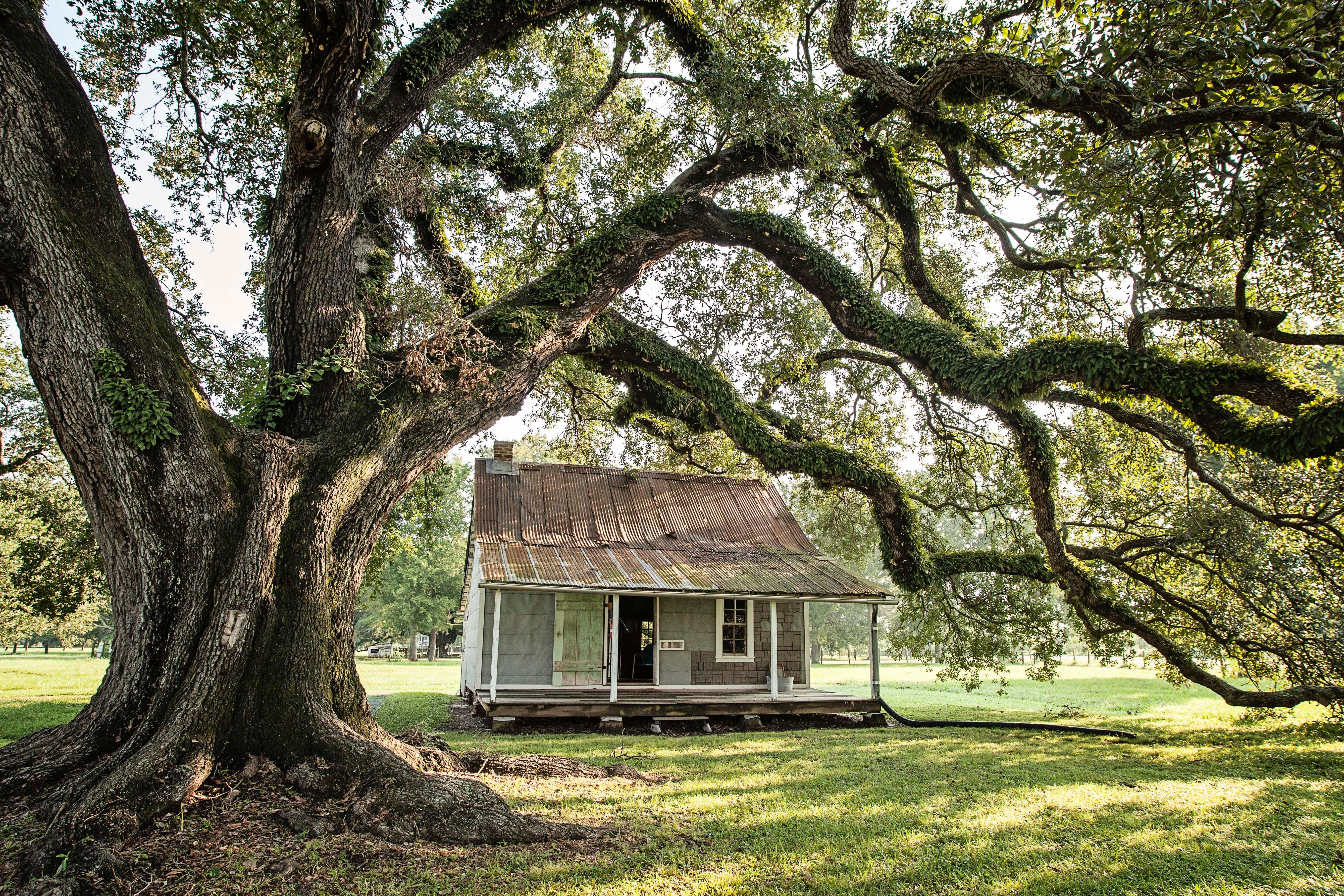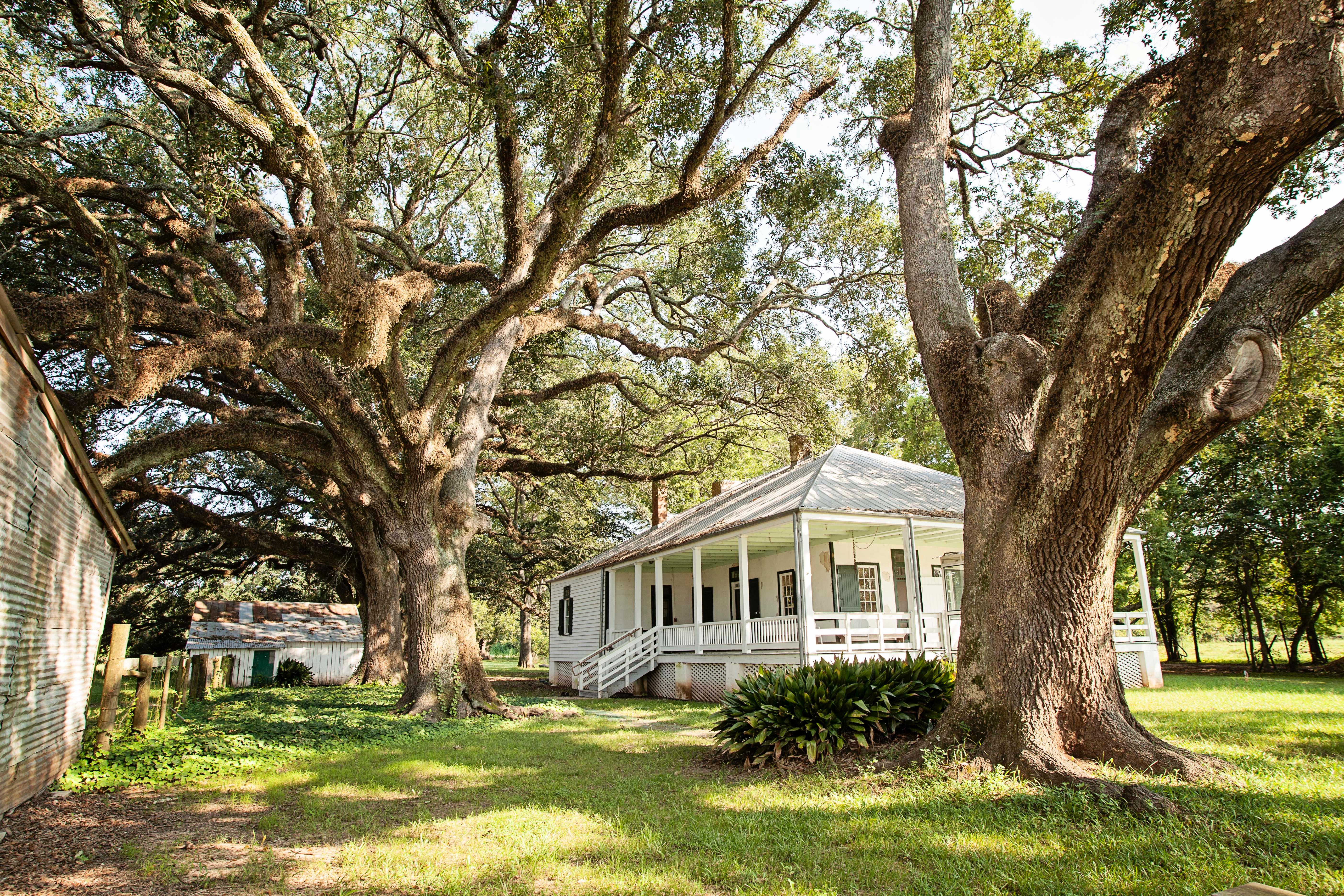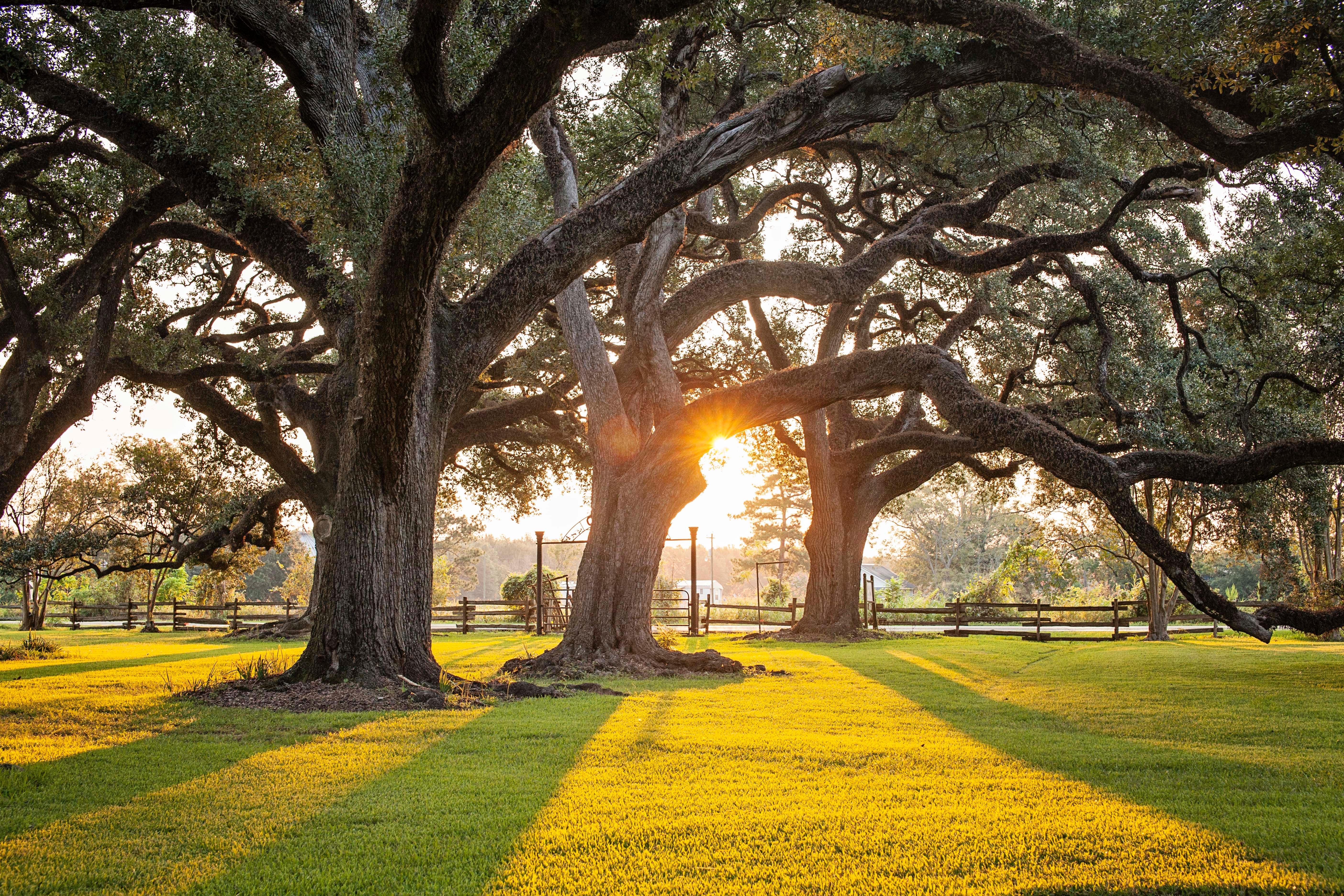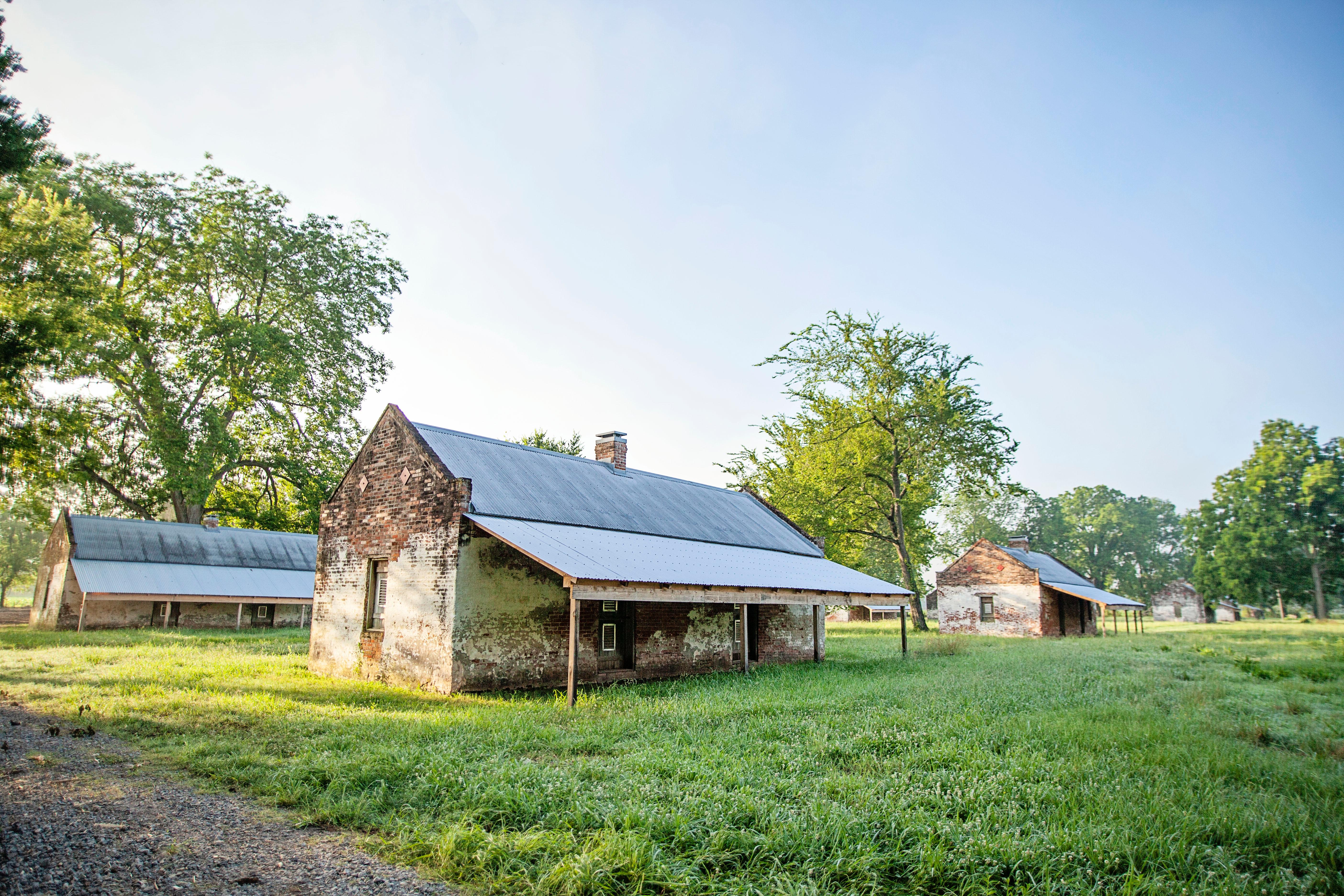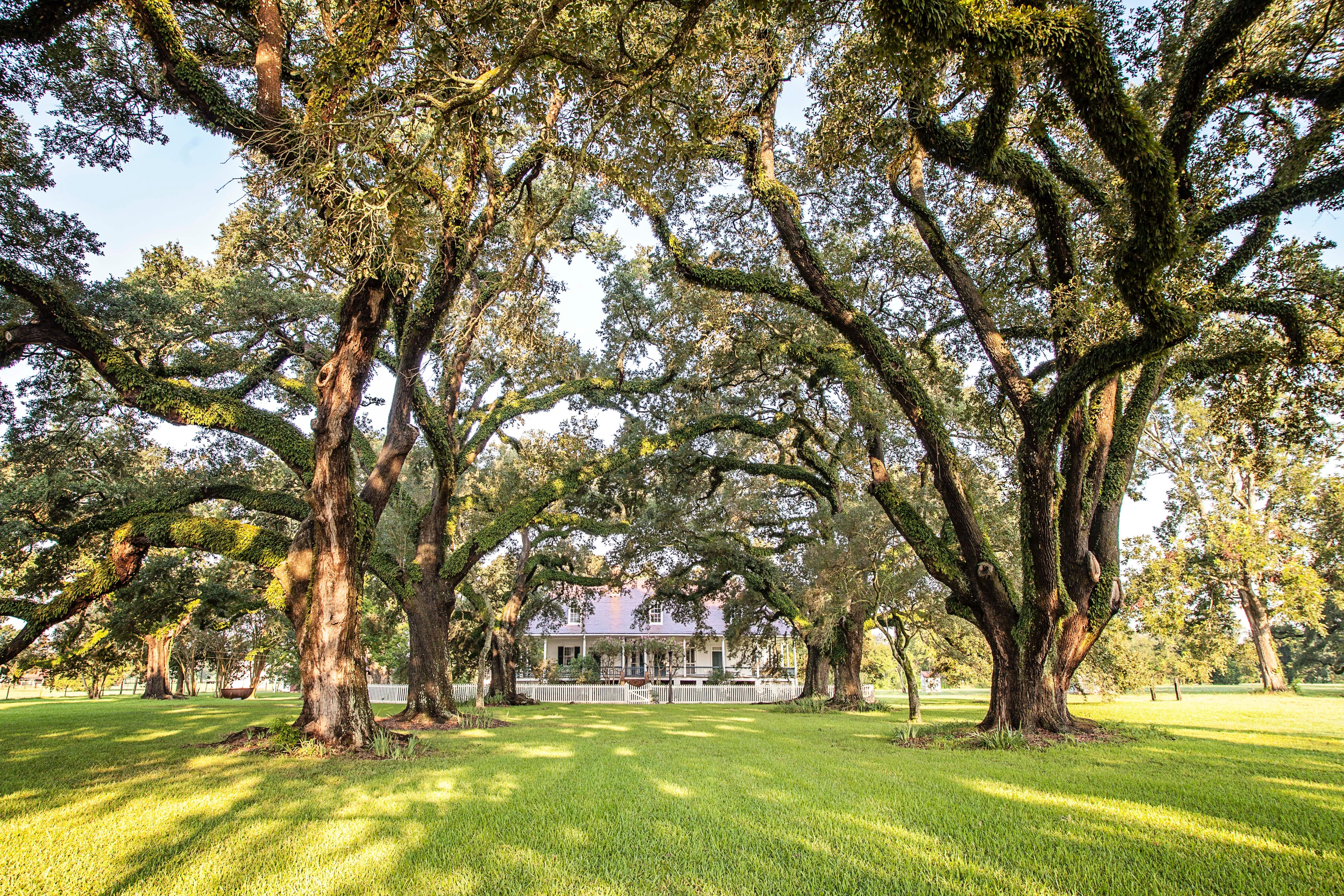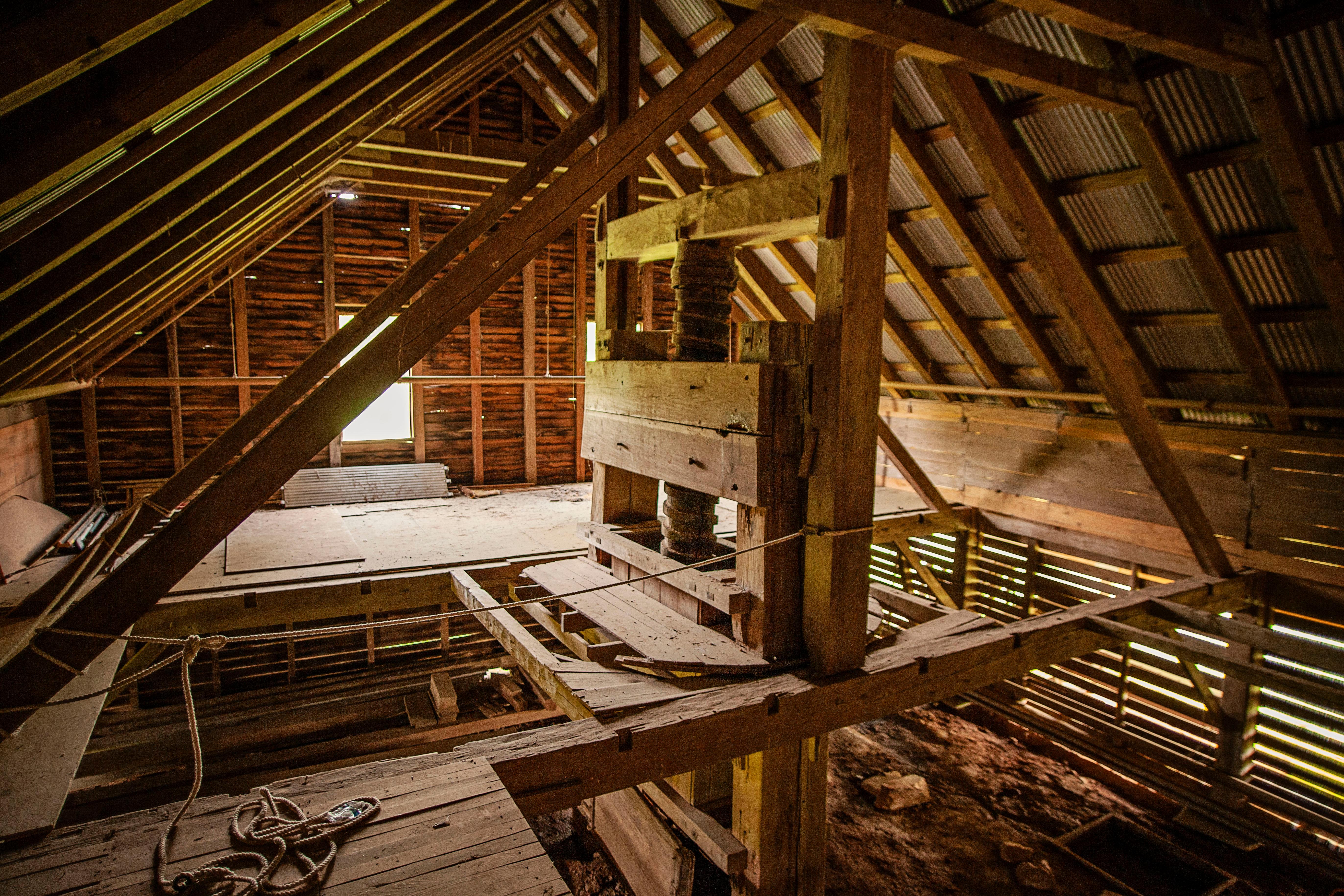The Cane River region is home to a unique culture; the Creoles. Generations of the same families of workers, enslaved and tenant, and owners lived on these lands for over 200 years. The park tells their stories and preserves the cultural landscape of Oakland and Magnolia Plantations, two of the most intact Creole cotton plantations in the United States.
Oakland Plantation Quarters
One of two remaining cabins built for enslaved workers on Oakland Plantation. The cabin was lived in by sharecroppers into the 1960s.
Magnolia Plantation Overseer's House
Originally built as a hospital for the enslaved workers on Magnolia Plantation, this raised Creole cottage also served as home to the plantation Overseer.
Live Oak Trees
Live Oak trees at sunrise on Oakland Plantation.
Cabins in the Magnolia Plantation Quarters
These brick cabins were built in the 1840s to house enslaved workers on Magnolia Plantation. Following Emancipation the cabins served as homes for tenant farmers.
Oak Allee
The Oak Allee, planted in the mid-1820s, stretches from the Cane River to the Oakland Plantation Main House.
Magnolia Plantation Cotton Gin and Press Barn
The Magnolia Plantation Gin Barn houses this rare wood screw cotton press.
